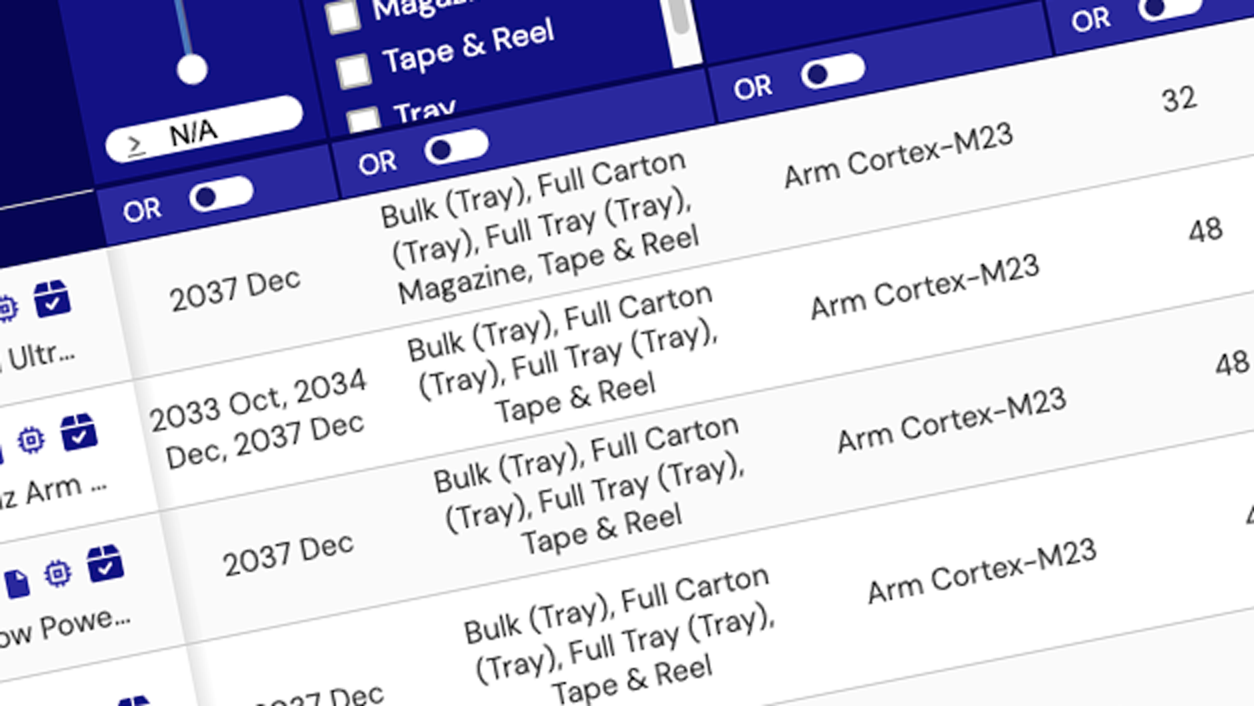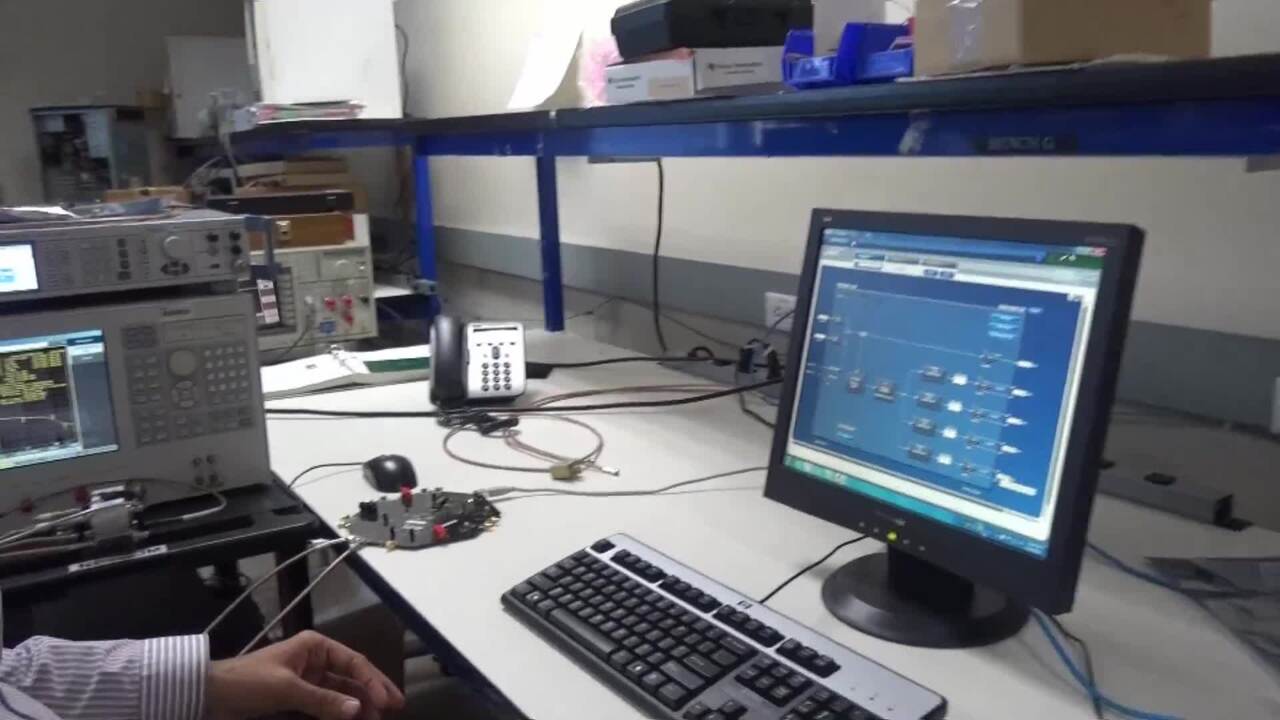Renesasの低ジッターなクロックジェネレータは、すべてPLLをベースとしています。アプリケーションにおける必要に応じ、複数のクロック信号を生成することが可能です。この製品カテゴリには、ほとんどのシリアル・データ・アプリケーションに適した低位相ノイズの発振器が含まれています。また各クロック・ジェネレータは、シングルエンド/差動のさまざまな信号形式(LVCMOS、LVPEC、LVDS、HCSL、SSTL、HSTLなど)に対応します。
Renesasのクロック・ジェネレータでは、位相ノイズの少ないファンアウト・バッファを使用して、複数の信号を複製したり、異なる形式の出力を追加したりすることができます。Renesasは、低ジッターのクロック・ジェネレータや低位相ノイズの発振器を業界で最も多く取りそろえています。そのため、高度に最適化を図ったソリューションを構築することが可能です。PCI Express、RF、ネットワーク同期など、特定アプリケーションに向けた低ジッターのクロック。
ヒント:100MHzと125MHzといった具合に、複数の特定出力周波数が必要な場合には、パラメトリック検索において「Output Banks(出力バンク)」を活用してください。各バンクは、特定の出力周波数に対応しています。なお、出力数はデバイスによって大きく異なります。
低ジッターのクロックジェネレータ/低位相ノイズの発振器における主要なパラメータ
特定アプリケーションに向けた低ジッターのクロックジェネレータを選定する際には、いくつかの重要な事柄について検討する必要があります。以下に示すパラメータについて検討することで、ソリューションを構築する際の出発点となる基本的な情報を得ることができます。
- 位相ジッター:位相ジッターは、「理想的な周期的タイミング信号からの望ましくない偏差」と定義することができます。Renesasが提供する低ジッターのクロックジェネレータは、RMS位相ジッターを700fs以下に抑えています。また、一部の製品では、超高性能のアプリケーション向けに300fs以下という値を実現しています。
- 出力周波数範囲:出力周波数の有効範囲のことです。Renesasは、一般的なアプリケーションにおけるあらゆる周波数ニーズに対応できるよう、低位相ノイズの発振器を数多く提供しています。
- 出力形式:低ジッターのクロックジェネレータに求められる出力信号のインタフェース仕様のことです。Renesasは、CML、HCSL、HSTL、LVCMOS、LVDS、LVHSTL、LVPECL、LVTTLに対応する製品を提供しています。
- コア電圧:低位相ノイズの発振器を動作させるために供給する電圧。一般に、この電圧はシステムで使用できるレール電圧によって決まります。また、この電圧の値に依存して出力の電圧レベルが決まることもよくあります。Renesasが提供する低位相ノイズのクロックジェネレータの場合、2.5Vと3.3Vのうちどちらかを選択できます。
低ジッターのクロックジェネレータ(低位相ノイズの発振器)について
低ジッターのクロックジェネレータは、システムの同期動作を実現するためのタイミング信号を生成する高度なICです。最も基本的なレベルで表現すれば、共振回路とアンプで構成されるものだと言うことができます。得られるタイミング信号としては、デューティ・サイクルが50%の単純な方形波はもちろん、それ以外のアレンジを加えることも可能です。この場合の共振回路は、一般に、圧電水晶振動子を使用する低位相ノイズの発振回路です。Renesasは、低位相ノイズの発振器を必要とするあらゆるアプリケーションに対応できるよう、消費電力、性能、柔軟性の面でバリエーションを持った低ジッターのクロック製品ファミリをいくつか提供しています。


